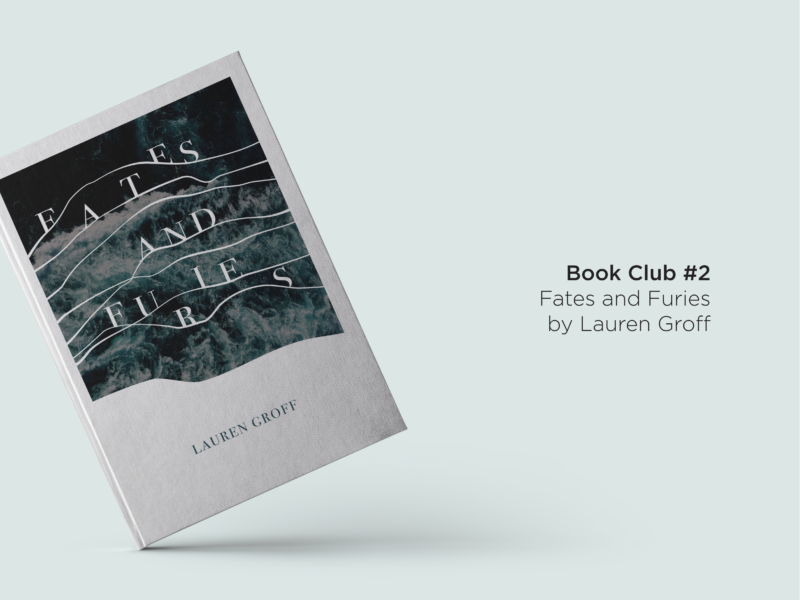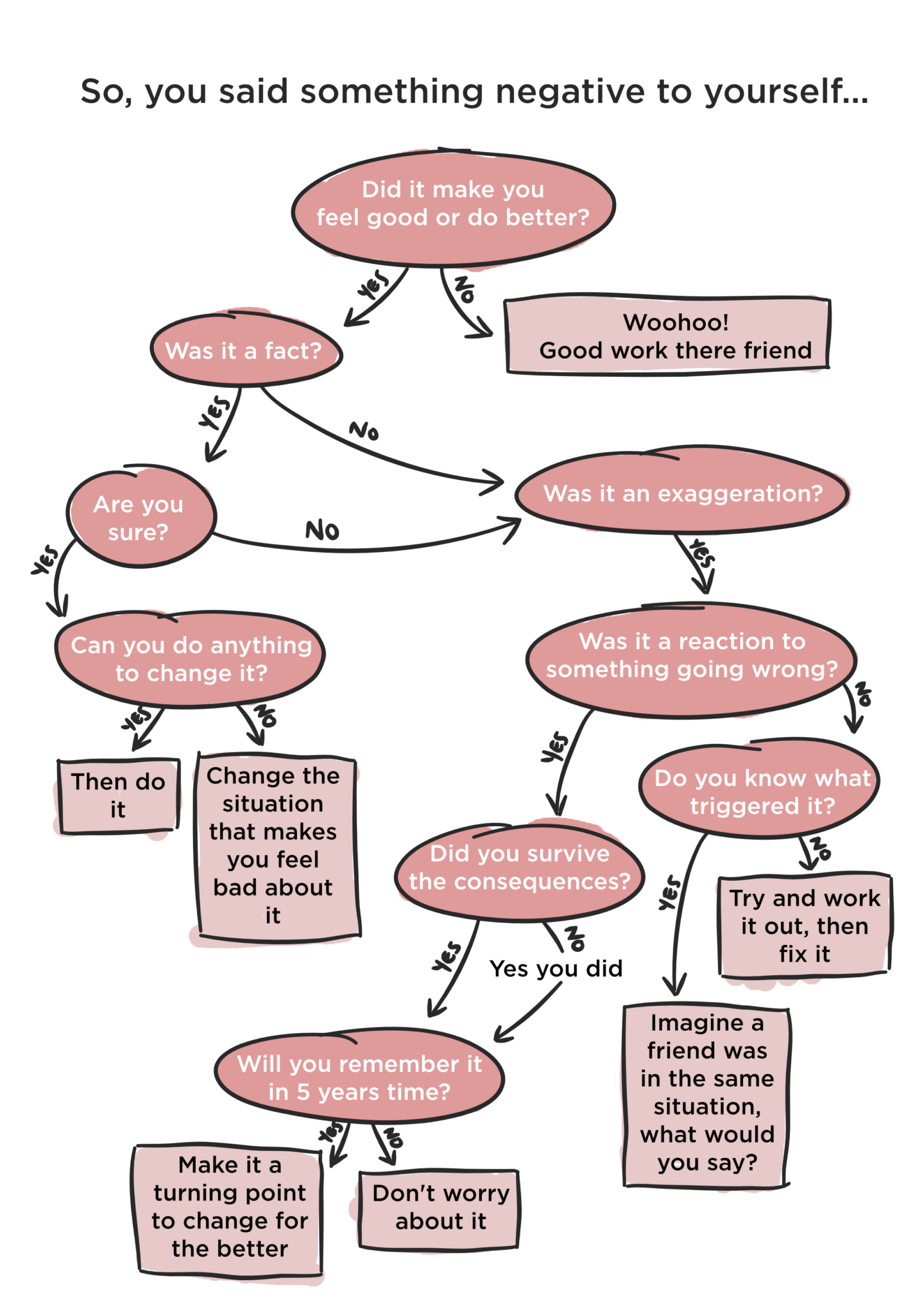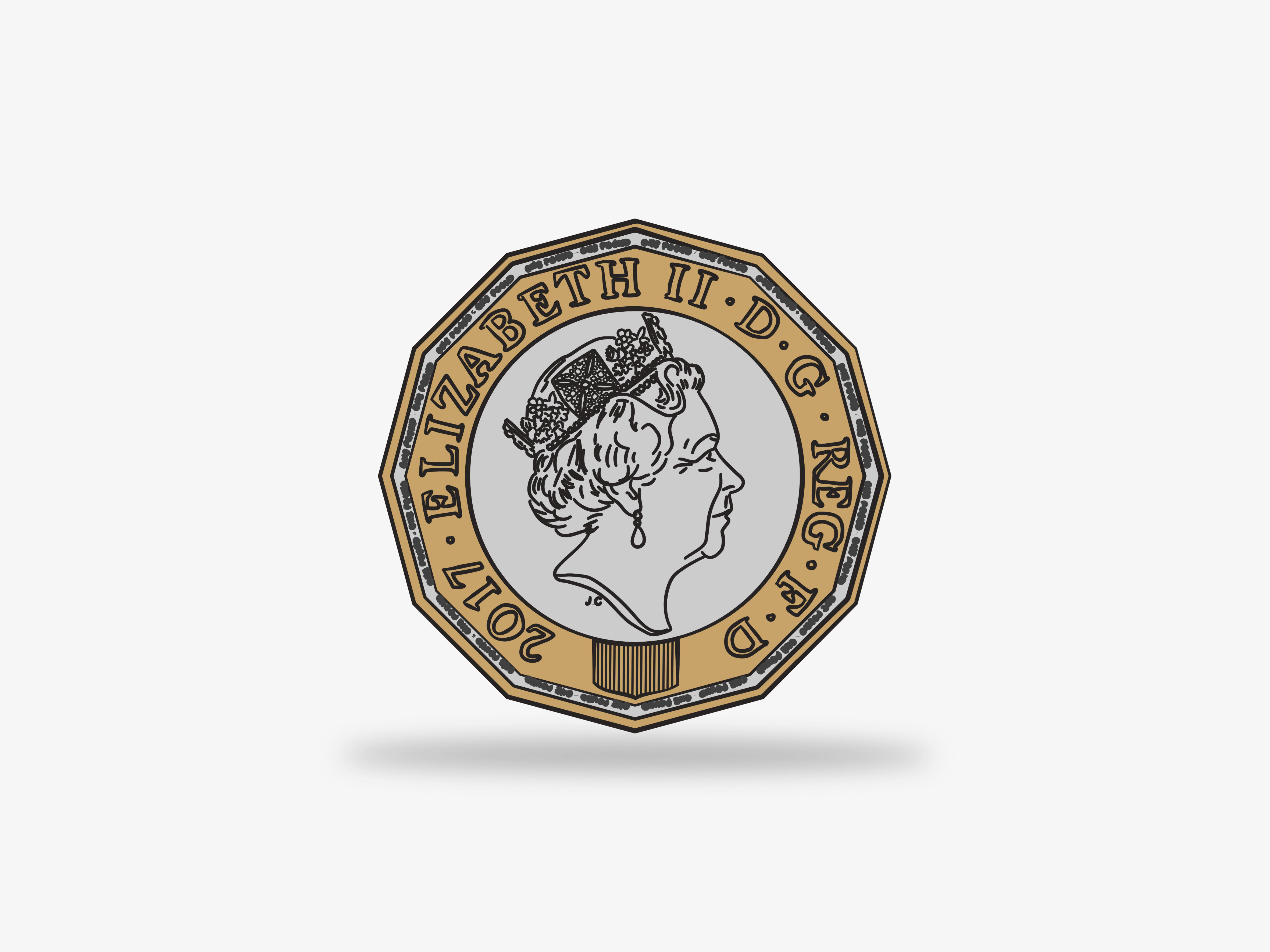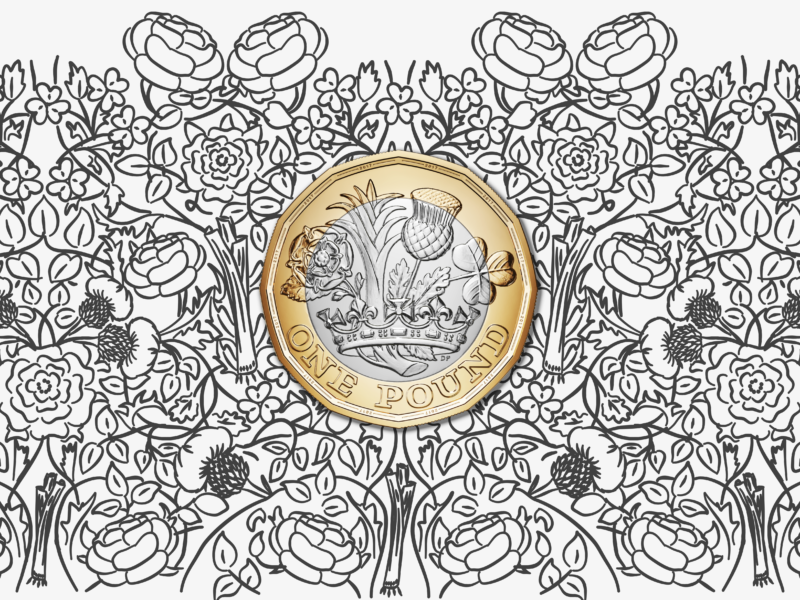“What if they’ve just made a huge mistake and I’m not actually supposed to be here at all?” This question was the chorus of my first (and second and third) year of University. I never truly felt like I deserved to be there. It must have been a mistake, a prank, a sympathy admission. I thought I’d gotten over it by the time I left, but the same little self-doubting voice came back when I started my job in London. These feelings haven’t just been exclusive to my ‘career’ achievements either, I’ve felt it in relationships too.

These feelings fall under the umbrella term of Imposter Syndrome. Imposter Syndrome was coined by the psychologists Dr. Pauline Clance and Dr. Suzanne Imes, after Dr. Clance identified the same self-doubting feelings of being a fraud in her students as she had seen in herself as a student. It is particularly common among women and seems to have reached its self-doubty fingers into the very highest positions. According to this, really great, piece on Man Repeller about Imposter Syndrome Albert Einstein, Sheryl Sandberg and a number of US Presidents have all suffered from it.
That’s why imposter syndrome is the next of the demons I’m going to attempt to ask to politely fuck off. I designed this poster to remind me of my achievements in regards to places where I feel like an imposter. This hasn’t completely eradicated the feeling, and I’m not sure anything ever will, but it has helped to consider all of the things I have done before and in my job, that weren’t just luck. By making a slightly unnecessary certificate for myself I’m also trying to get over the idea that any praise is false and that I don’t deserve it.
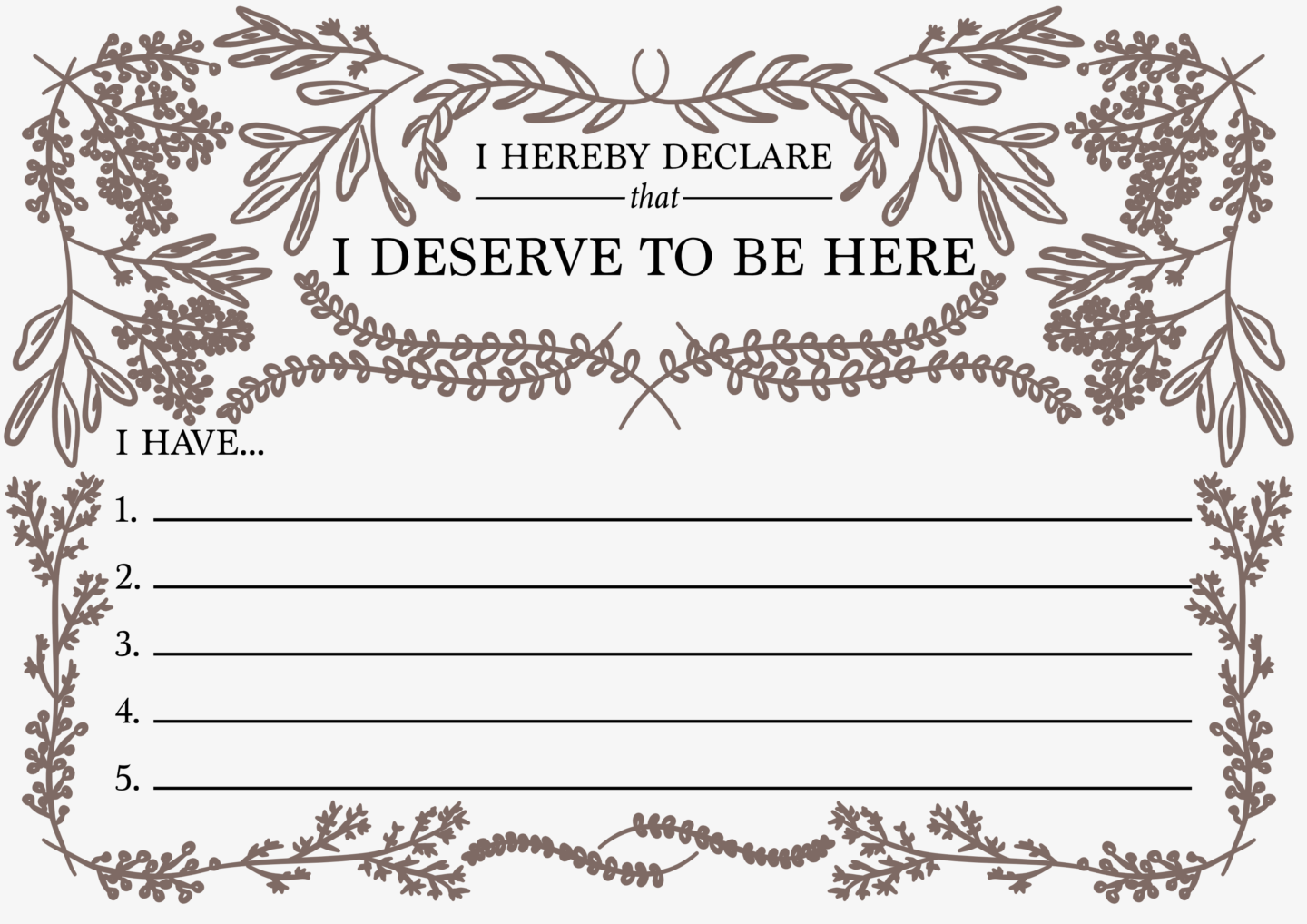
If you’re not sure if you’re suffering from Imposter Syndrome, or if you need to justify to yourself that it’s real, this test allows you to place yourself on the Clance IP Scale. If it helps my score was 89, I’m an Oxford Grad now working in a competitive communications grad scheme while freelancing as a designer.
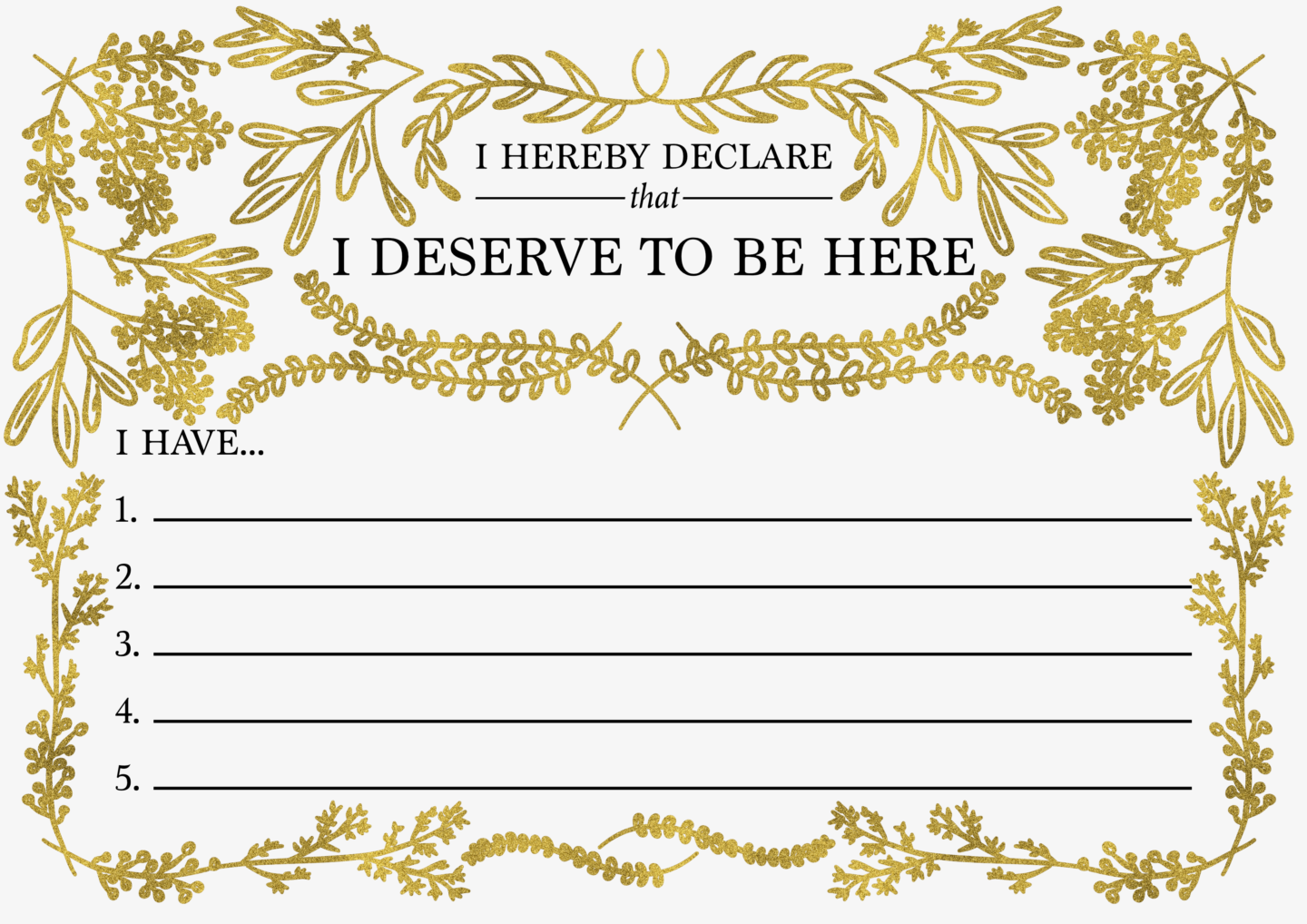
Download the certificate in gold and grey here.
*I’m clearly not a psychologist or a therapist, so yeah, just bear that in mind – this is just me trying to tell my own demons to politely fuck off.


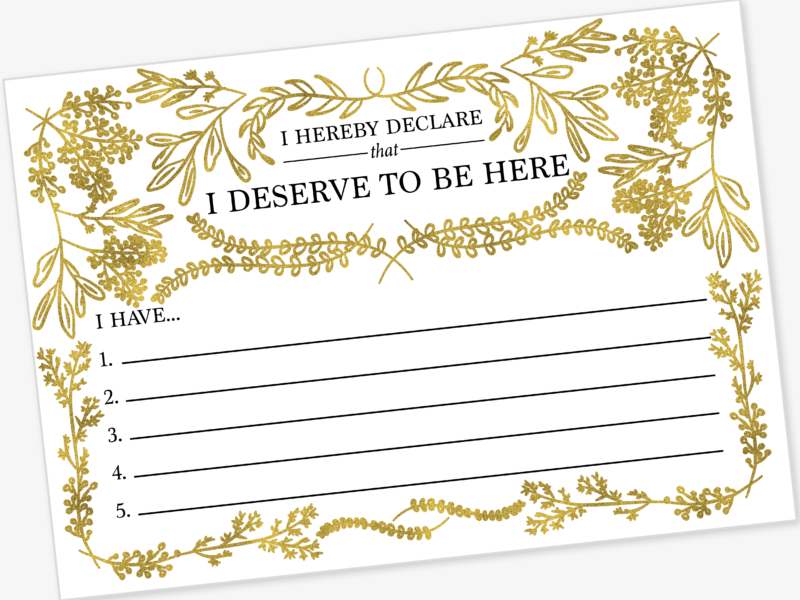
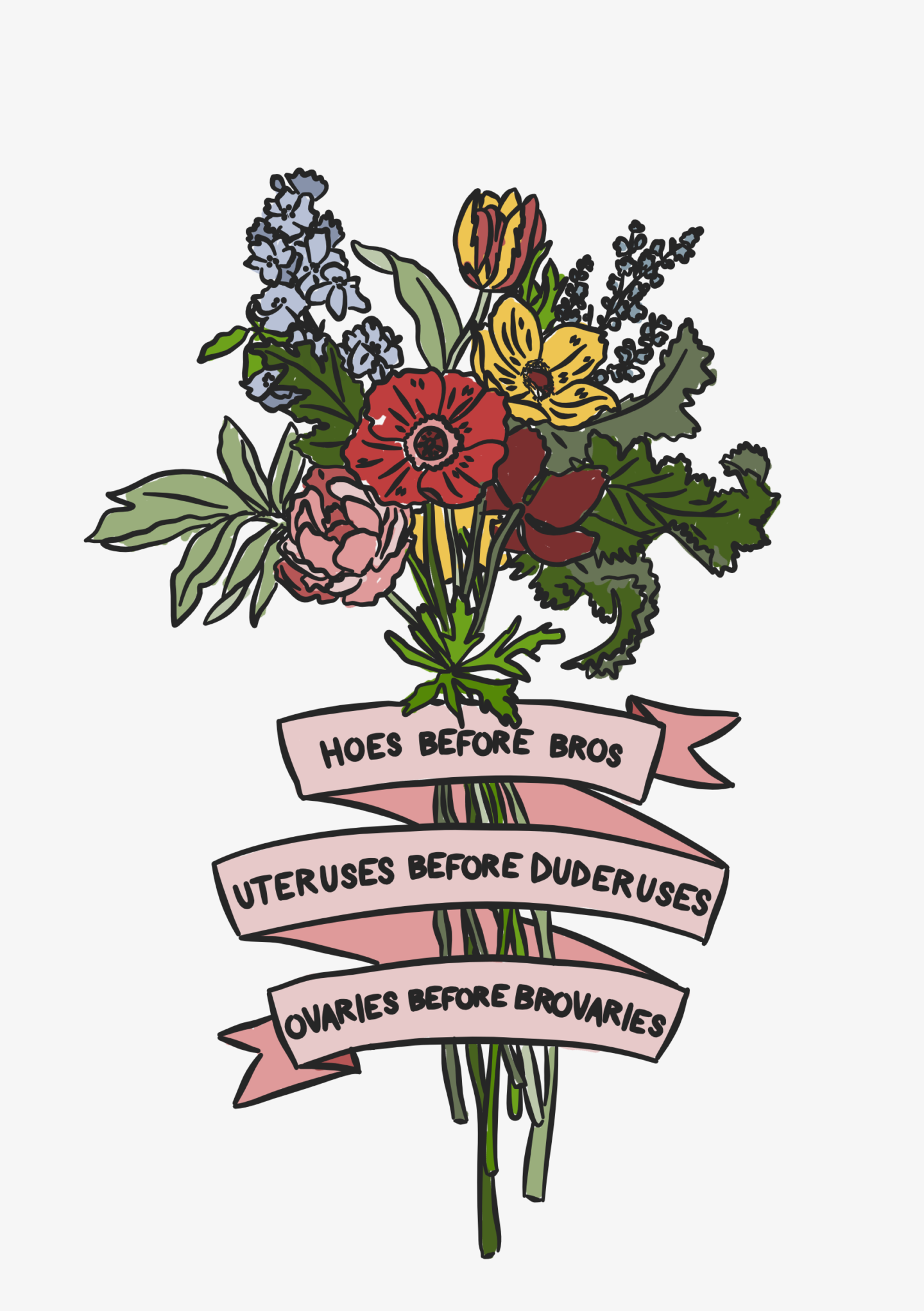
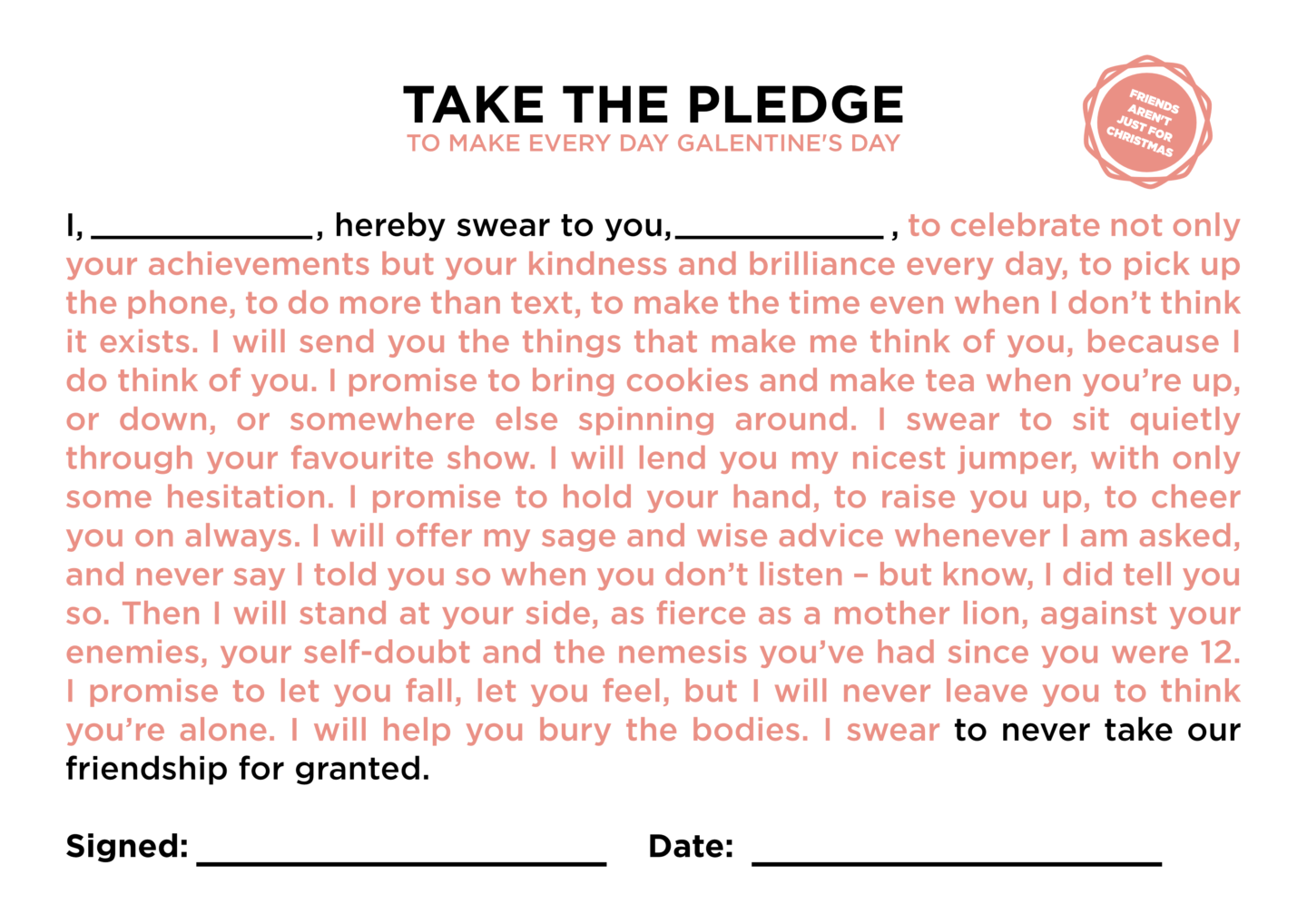
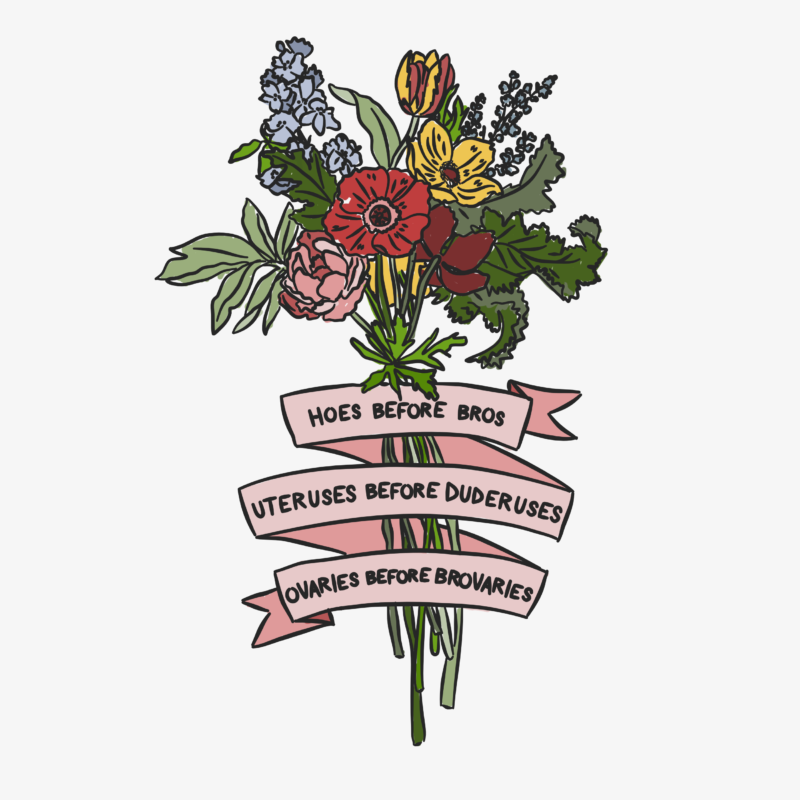
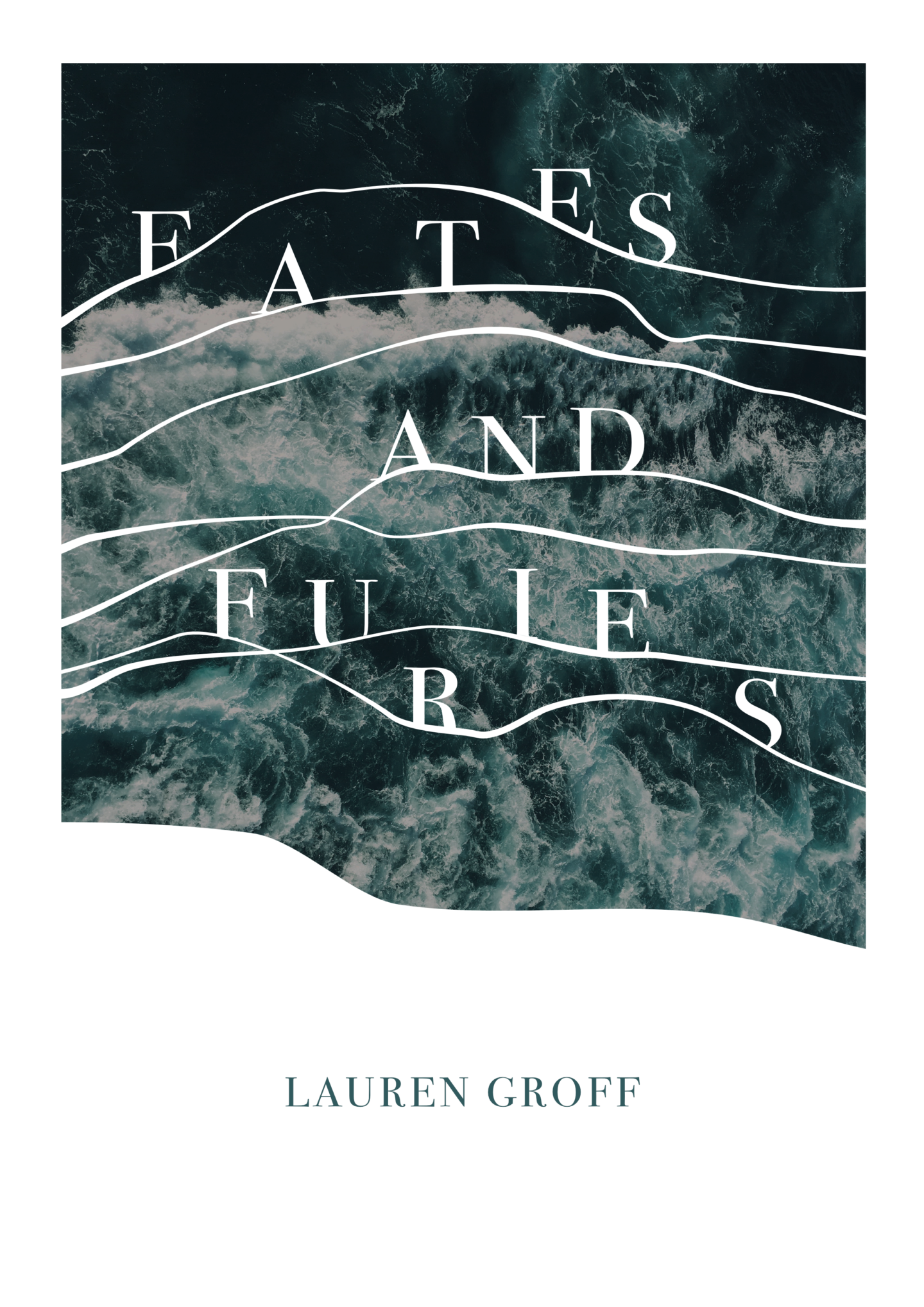 Groff’s choice to write her novel in two halves isn’t revolutionary but it is rarely done so well. As you read, it just makes sense. The second point of view adds so much to the novel and to the richness of the characters. By the time you reach the half way point, you are so invested in Matilde and Lotto, you’re so close to their story, it doesn’t feel like a radical shift or turn but just a step deeper into their relationship.
Groff’s choice to write her novel in two halves isn’t revolutionary but it is rarely done so well. As you read, it just makes sense. The second point of view adds so much to the novel and to the richness of the characters. By the time you reach the half way point, you are so invested in Matilde and Lotto, you’re so close to their story, it doesn’t feel like a radical shift or turn but just a step deeper into their relationship. SOME QUESTIONS TO PONDER AS YOU READ
SOME QUESTIONS TO PONDER AS YOU READ